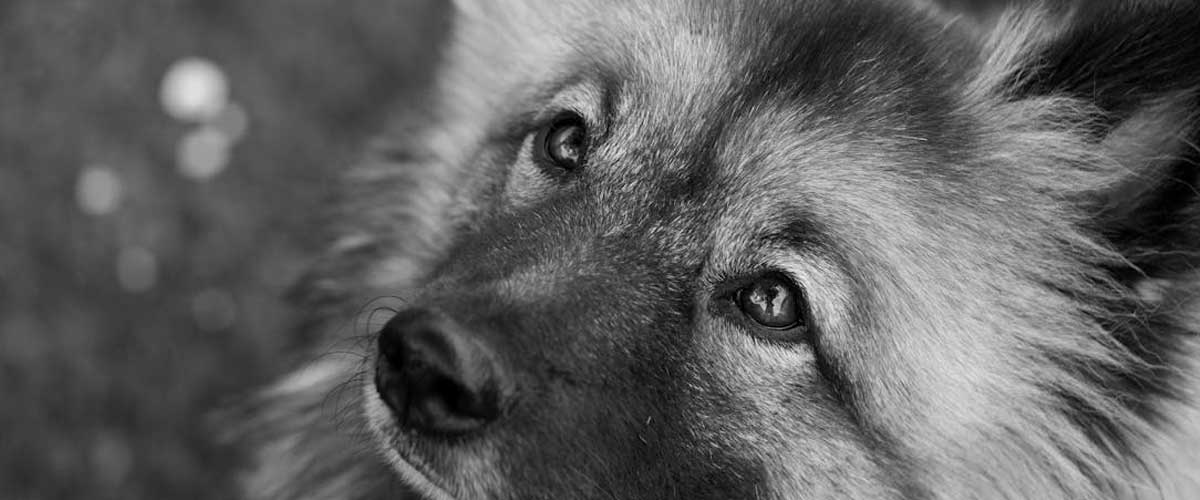The German Wolfspitz, often simply referred to as the Wolfspitz, is one of the lesser-known breeds of the Spitz family.
Recognized for its striking appearance and intelligence, this breed is a captivating blend of beauty, temperament, and versatility.
Originally bred in Germany, the Wolfspitz is celebrated for its wolf-like looks and friendly disposition, making it a wonderful choice for families and active individuals alike.
History and Origins
The history of the German Wolfspitz dates back several centuries, with roots linked to the broader Spitz family of dogs, which includes familiar breeds like the Pomeranian and the Siberian Husky.
The Wolfspitz was traditionally used for various roles, including herding, guarding, and companionship.
Their ability to adapt to different tasks made them invaluable to farmers and rural communities.
The breed was officially recognized by the FCI (Fédération Cynologique Internationale) in the early 20th century and has since gained popularity in various parts of the world.
Physical Characteristics
The German Wolfspitz is a medium-sized dog, typically weighing between 40 to 60 pounds and standing around 18 to 22 inches tall at the shoulder.
One of the most distinctive features of the Wolfspitz is its double coat, which consists of a dense undercoat and a longer outer coat that stands straight.
This gives them a fluffy and well-defined silhouette.
Their coat can come in a variety of colors, including gray, black, and white, but the wolf-gray coloration is most prevalent.
Their pointed ears, bushy tail that curls over their back, and expressive eyes contribute to their wolf-like appearance.
This striking look not only makes them visually appealing but also gives them a noble and dignified presence.
Temperament and Behavior
The German Wolfspitz is known for its friendly and outgoing personality.
They are intelligent dogs that thrive on companionship and social interaction.
This breed is typically good with children and other pets, making them excellent family dogs.
Their protective instincts can make them cautious of strangers, which means they can serve as reliable watchdogs while remaining loving family members.
Despite their loyalty and affection, Wolfspitz dogs require consistent training and socialization from an early age.
Their intelligence makes them eager to learn, but they can also be independent and stubborn at times.
Therefore, training should be firm but positive, using rewards-based methods to encourage desired behaviors.
Exercise and Care
Like many active breeds, the German Wolfspitz requires regular exercise to keep them happy and healthy.
Daily walks, play sessions, and mental stimulation through training or puzzle toys are essential to prevent boredom and behavioral issues.
They excel in various activities, including agility and obedience sports, which can help channel their energy constructively.
Grooming for a Wolfspitz involves regular brushing to manage their thick coat and prevent matting.
During shedding seasons, more frequent grooming may be necessary to keep their fur in check.
Conclusion
The German Wolfspitz is a remarkable breed that combines beauty, intelligence, and loyalty.
With the right training, socialization, and exercise, they can make a loving and devoted addition to any household.
For those looking for a spirited companion with a striking appearance and a big heart, the Wolfspitz may just be the perfect match.
Whether you’re a seasoned dog owner or a first-time pet parent, this breed can bring joy and companionship into your life.













